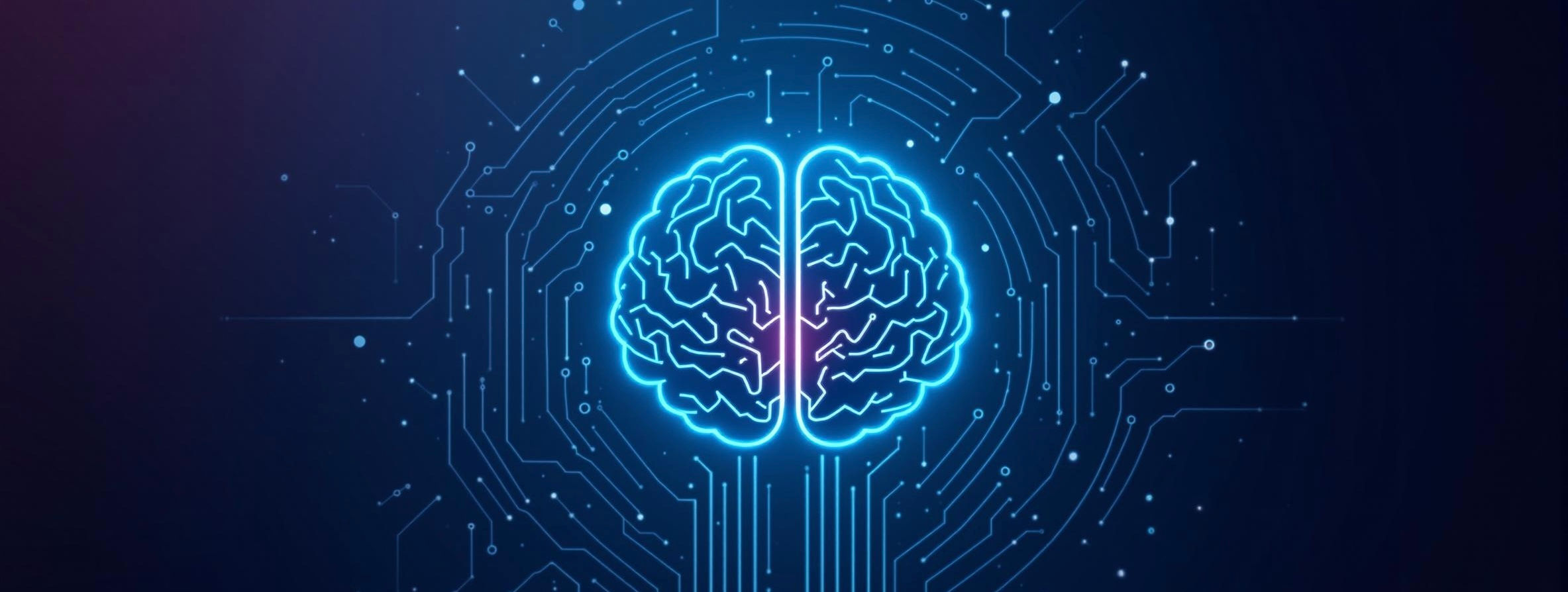
The Fascinating Origin of AI: From Ancient Myths to Modern Marvels
- In4tech
- Jun 29
- 3 min read
Artificial Intelligence (AI) is everywhere—powering our phones, recommending our next binge-watch, and even helping us discover new gadgets and software. But where did it all begin? Let’s take a high-energy journey through the origins of AI, from ancient dreams to today’s tech reality!

1. Ancient Inspirations: The Dream of Thinking Machines
Long before computers, humans were already dreaming up intelligent beings. Ancient Greek myths told stories of automatons—mechanical creatures built by gods and inventors. Philosophers like Aristotle laid the groundwork for logic, asking how humans make decisions and whether that could ever be replicated.
2. The Birth of Computing: Turning Dreams Into Code
Fast forward to the 1940s and 50s. Enter Alan Turing, a brilliant mathematician who asked the groundbreaking question: “Can machines think?” His famous Turing Test challenged the world to imagine a computer that could fool a human into thinking it was human, too. This was the spark that lit the AI fire!
3. The Dartmouth Workshop: Where AI Got Its Name
In 1956, a group of ambitious scientists gathered at Dartmouth College in the USA. Their mission? To explore the idea that “every aspect of learning or any other feature of intelligence can in principle be so precisely described that a machine can be made to simulate it.” This event, organized by John McCarthy (who actually coined the term “artificial intelligence”), Marvin Minsky, Claude Shannon, and others, is considered the official birth of AI as a field.
4. Early AI: Big Dreams, Small Steps
The early days of AI were full of optimism. Researchers built programs that could play chess, solve math problems, and even prove logical theorems. The media buzzed with predictions that machines would soon rival human intelligence. But… it turned out to be much harder than anyone thought!
5. AI Winters: When Progress Froze
Reality check: computers weren’t powerful enough, and programming every rule by hand just didn’t scale. Funding dried up, and the field hit what’s now known as “AI winter”—a period of slow progress and skepticism. But the dream didn’t die. Instead, it evolved.
6. The Rise of Machine Learning: Teaching AI to Learn
By the 1980s and 90s, researchers realised that instead of telling computers exactly what to do, they could teach them to learn from data. This shift—called machine learning—was a game-changer. Neural networks, inspired by the human brain, started making a comeback.
7. Modern AI: The Data & Deep Learning Revolution
Fast forward to the 2010s: enter big data, powerful graphics processors (GPUs), and deep learning. Suddenly, AI could recognize faces, translate languages, and even beat world champions at games like Go. Today, AI is woven into everything from your favourite gadgets to the latest software (and yes, even this blog!).
8. Why Knowing AI’s Origin Matters
Understanding AI’s journey helps us appreciate just how far we’ve come—and where we’re headed. From ancient myths to self-learning machines, AI’s story is a testament to human curiosity and creativity.
Final Thoughts
AI isn’t just a tech trend—it’s the result of centuries of dreaming, decades of hard work, and a future that’s only getting brighter. Whether you’re a gadget geek, a software enthusiast, or just AI-curious, knowing where it all started gives you a front-row seat to the next wave of innovation.
What part of AI’s origin story surprised you the most? Drop your thoughts or questions in the comments below! And if you want to dive deeper, check out my other posts on AI breakthroughs and the coolest gadgets powered by artificial intelligence.



Comments